The ten most beautiful botanical gardens in China [Photos]
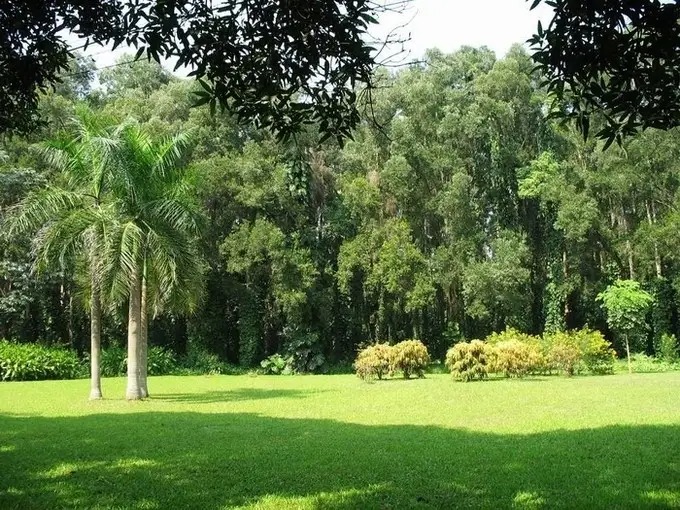
1. South China Botanical Garden
The full name is South China Botanical Garden of the Academy of Sciences. It is one of the three largest botanical gardens in China (South China, Beijing, and Lushan), and the largest subtropical botanical garden. It has introduced nearly 5,000 species of plants from home and abroad and is known as a tropical and subtropical plant museum. Located at the foot of Huolu Mountain in Longyan Cave, Tianhe District, Guangzhou, it has dozens of viewing areas, including palm plant area, relict plant area, bamboo plant area, economic plant area, gymnosperm area, medicinal plant area, tropical plant area, aquatic plant area, shade forest nature reserve, and subtropical evergreen monsoon forest area. Relict plants are plants that have existed 100 million years ago and have not yet become extinct.
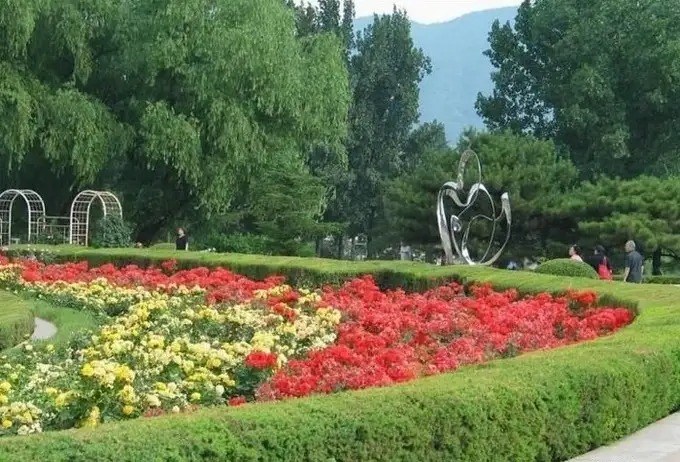
2. Beijing Botanical Garden
Located at the foot of Xiangshan Mountain in western Beijing, 23 kilometers from the city center. It is a comprehensive garden integrating scientific research, popular science, sightseeing and leisure, and protection and utilization of plant germplasm resources. The focus is on the introduction and domestication of wild plants, ex situ protection of rare and endangered plants, long-term preservation of seed biology and germplasm resources, introduction and utilization of important economic plant resources and breeding of new varieties. There are more than 10,000 species and 620,000 plants cultivated in the park, and more than 1 million square meters of grass. The plant exhibition area is divided into special botanical gardens such as special gardens, greenhouse flower areas, bonsai gardens, arboretums, rose gardens, Xuanqiu Garden, peach gardens, lilac gardens, peony gardens, peony gardens, crabapple gardens, bamboo gardens, and plum gardens. The arboretum includes ginkgo pine and cypress areas, linden and willow areas, magnolia and barberry areas, maple and rose areas, etc. The tropical plant greenhouse is divided into tropical rainforest room, desert plant room, orchid pineapple and carnivorous plant room and four-season garden, etc., displaying more than 4,100 species and more than 60,000 plants of tropical and subtropical plants. There are also 2,000 square meters of low-temperature greenhouses and 1,350 square meters of bonsai rooms, which are the largest plant exhibition greenhouses in Asia. Cultural relics include the Shifang Pujue Temple (Reclining Buddha Temple) built during the Zhenguan period of the Tang Dynasty, the Cao Xueqin Memorial Hall in Huangye Village, Yingtao Valley, the "December 9th" Movement Memorial Pavilion, and the tomb of Liang Qichao, a representative figure of the late Qing Dynasty Reform Movement.
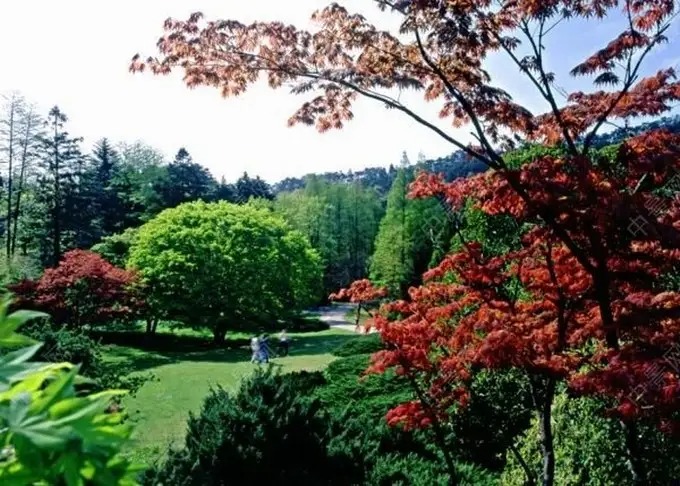
3. Lushan Botanical Garden
Covering an area of 300 hectares, it cultivates more than 3,400 species of plants, with pine, cypress and azalea as the main features. There are different types of specialized parks, such as pine and cypress area, International Friendship Azalea Garden, greenhouse area, grass and flower area, arboretum, rock garden, kiwi garden, medicinal garden, tea garden, etc. The arboretum collects more than 300 species of azalea from home and abroad, and the azalea blooms like a brocade in the Wangyue flower season. The world-famous Lushan Yunwu Tea has a fragrance that floats beyond the clouds. The mountain medicinal plant resources are extremely rich, with more than 300 medicinal plants planted. There are more than 260 species of gymnosperms growing in the pine and cypress area, with pine and cypress in the north and south, cypress and cypress in the east and west, metasequoia known as a living fossil, the specialty golden pine, and other precious tree species at home and abroad. There are more than 170,000 wax leaf specimens and more than 60,000 books in the library.
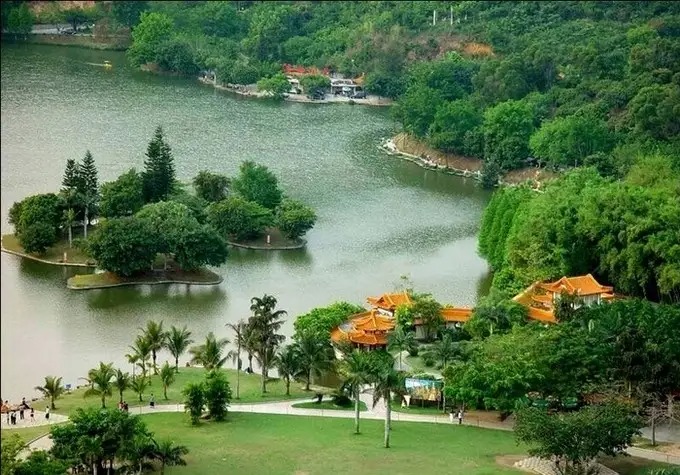
4. Xianhu Botanical Garden
Located in the eastern suburbs of Shenzhen, it covers an area of 590 hectares and is divided into three major scenic areas: the temple area, the paradise on earth, and the fairy lake. The temple area houses the largest temple in Lingnan, the Hongfa Temple. The fairy lake area is mainly composed of the palm area and scenic spots around the fairy lake. The paradise on earth scenic area has plants and flowers of various shapes, as well as interesting plant Bagua mazes and other attractions. The park is divided into palm area, cycad area, bamboo area, hundred fruit garden, aquatic plant garden and rare tree garden. Special gardens such as palm plants, cycads (iron trees), bamboos, aquatic plants, shade plants, gymnosperms, rare and endangered plants, desert plants, bonsai plants, spore plants, hundred fruit gardens and medicinal plants have been built, preserving more than 3,000 species of plants. More than 600 species of cacti and succulents have been collected. The desert plant area, which covers an area of more than 10,000 square meters, consists of three exhibition greenhouses and simulated sand dunes, namely the American Pavilion, the Asian Pavilion and the African Pavilion. There are precious, rare and endangered plants such as Alsophila spinulosa, Cathaya argyrophylla, Camellia chrysantha, Davidia involucrata, etc. The mountain banyan is the representative tree species of Guangdong Province. On January 22, 1992, Deng Xiaoping personally planted a mountain banyan when he inspected the Shenzhen Botanical Garden. Now it has deep roots and lush leaves, becoming the pride and symbol of the Xianhu Botanical Garden.
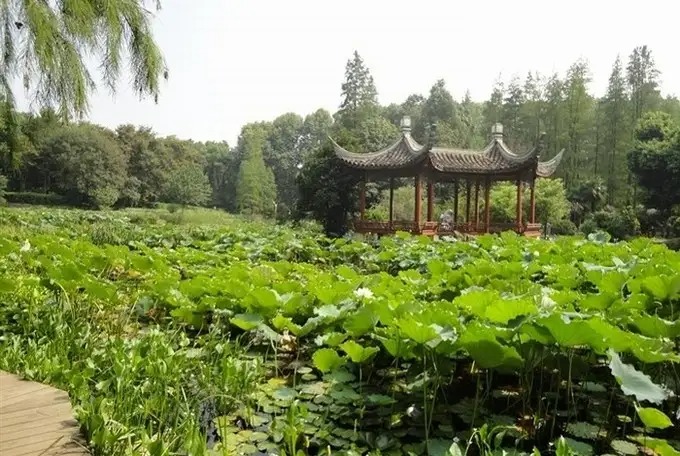
5. Wuhan Botanical Garden
Wuhan Botanical Garden of the Chinese Academy of Sciences is located at the southern foot of Moshan Mountain on the shore of East Lake in Wuchang, covering an area of 70 hectares. It has more than 8,000 species of plants, the world's largest kiwifruit germplasm resource bank and the largest aquatic plant resource garden in East Asia. It is a large-scale comprehensive botanical garden integrating scientific research, species collection, popular science education, and sightseeing tourism. It is one of the three largest botanical gardens in China. It is a national core botanical garden built by the Academy of Sciences with strong scientific research capabilities and is committed to popularizing scientific knowledge and education.
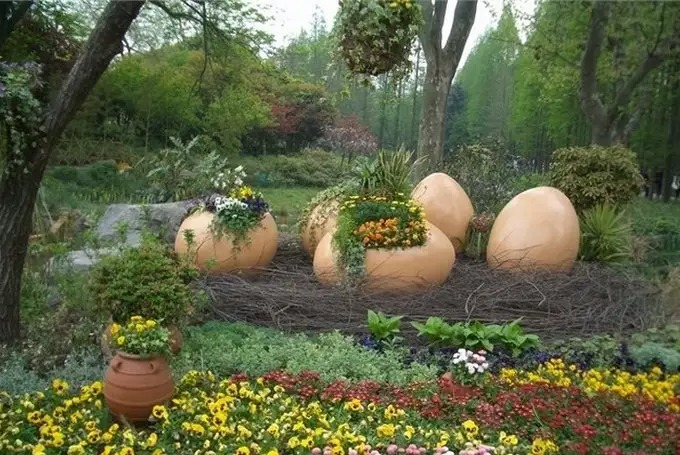
6. Shanghai Botanical Garden
Located at No. 1111, Longwu Road, Xuhui District, Shanghai, it is the largest municipal botanical garden in China, covering an area of 81 hectares. The exhibition area has 15 specialized gardens, including the plant evolution area (pine and cypress garden, magnolia garden, peony garden, azalea garden, rose garden, maple garden, osmanthus garden and bamboo garden), bonsai garden, herbal garden, exhibition greenhouse, orchid room and green demonstration area. The bonsai garden covers an area of 4 hectares and is one of the largest bonsai gardens in the world, with more than 2,000 bonsai boutiques. The cherry blossom area in the rose garden has more than 20 cherry blossom varieties such as Japanese late cherry, Tokyo cherry, bean cherry, and Yae red Oshima cherry. The orchid room cultivates more than 300 species such as summer orchid, autumn orchid, cold orchid, and annuli. There are more than 3,500 plants from all over the world in the greenhouse, many of which are rare and endangered plants that have won awards in international competitions.
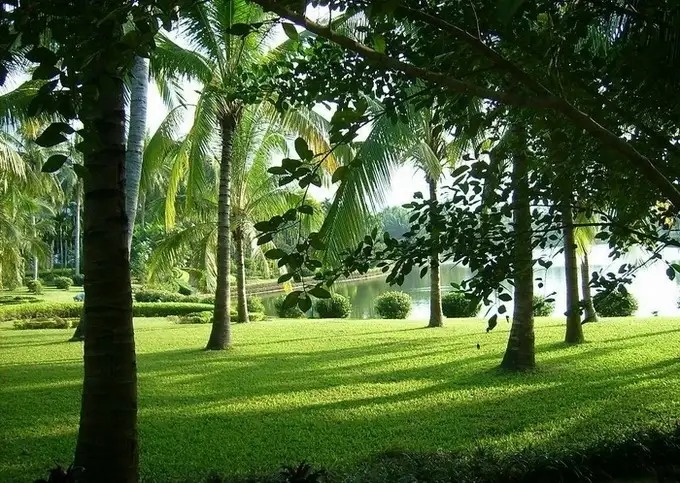
7. Xinglong Tropical Botanical Garden
Located in the Xinglong Overseas Chinese Tourism Economic Zone in Hainan, it is affiliated to the Tropical Spice and Beverage Crops Research Institute of the Academy of Tropical Agricultural Sciences of the Ministry of Agriculture. It is the earliest tropical botanical garden in Hainan open to the public. The botanical garden covers an area of 600 mu and has more than 1,200 plant species, which are divided into tropical spice and beverage crops, tropical famous fruit trees, tropical economic trees, tropical horticultural plants, tropical medicinal plants, and tropical rare plants. It brings together tropical economic crops such as coffee, pepper, vanilla, cocoa, and specialty fruit trees such as durian and mangosteen, and preserves rare species of wild plants such as the strychnos nux vomica.

8. Shenyang Botanical Garden
Located at No. 301 Shuangyuan Road, Dongling District, Shenyang, 10 kilometers away from the city. It is a scientific research, popular science base and tourist attraction focusing on plant research, plant popular science and plant landscape, combining natural landscape with cultural landscape, and integrating appreciation, knowledge and entertainment. Covering an area of 211 hectares, the park has undulating hills, rippling lakes, verdant pines and fir trees, clusters of flowers, dancing leaves and flying vines, lawns like paving, pavilions and elegant terraces, and waterfalls like silk. The park gathers more than 1,700 species of plants, some of which are rare and endangered plants. There is a railway station in the park, and buses are connected to Shuangyuan Road and the northern line of Shenfu Highway. There are more than 50 iron cable bridges of different styles built on the surface of the lake in the park, a unique children's playground, and thrilling rock climbing.
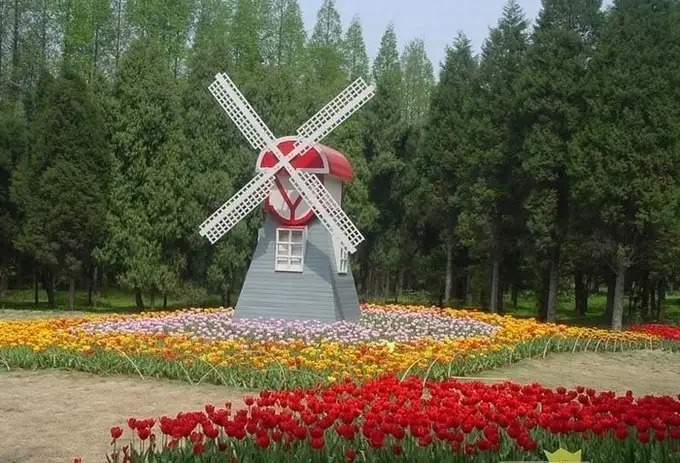
9. Nanjing Sun Yat-sen Botanical Garden
Located in Zhongshan Scenic Area in the eastern suburbs of Nanjing, it covers an area of 186 hectares, with Zhongshan Mountain behind it, Qianhu Lake in front of it, Ming Dynasty city wall beside it, and Sun Yat-sen Mausoleum in the distance. It is a comprehensive botanical garden integrating scientific research, popular science and sightseeing, preserving more than 3,000 species of plants, 10 special parks, and 700,000 specimens in its collection. It has an ornamental plant center, a medicinal plant center, a plant information center, a key laboratory for plant ex situ conservation, and the largest herbarium in East China. It maintains an exchange relationship of seedlings, specimens, and books and materials with more than 600 units in more than 60 countries in the world, and has established an international friendly sister botanical garden with the Missouri Botanical Garden in the United States, and has established friendly exchanges with the Botanical Garden of the University of Columbia in Canada and the Botanical Garden of the University of Tokyo in Japan. It is the first botanical garden to join the "International Union for Conservation of Nature and Natural Resources" and a member of the IUCN Endangered Plant Committee.
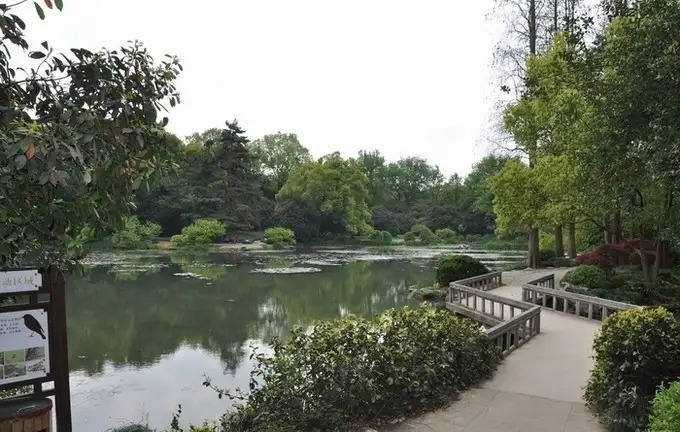
10. Hangzhou Botanical Garden
Located on the hilly land between Lingyin and Yuquan in the northwest of West Lake in Hangzhou. It is one of the scientific research institutions for plant introduction and domestication, covering an area of 230 hectares, with exhibition areas and experimental areas such as plant classification, economic plants, bamboo plants, ornamental plants, trees, landscape gardens, etc. More than 3,000 species of plants are planted, and more than 50,000 specimens are collected. Internationally, it has established cooperative relations with more than 40 countries to exchange seedlings and materials. There are redwoods from the United States, olives from Greece, peaches from Japan, and giant water lilies from Belgium. Yuquan is the landscape garden of the botanical garden. The water is clear and crystal-like, and there are five-colored giant carps in the pool. The pavilions, corridors, stacked stones, and water springs in the botanical garden set off the flowers and trees of the four seasons, which are naturally interesting.